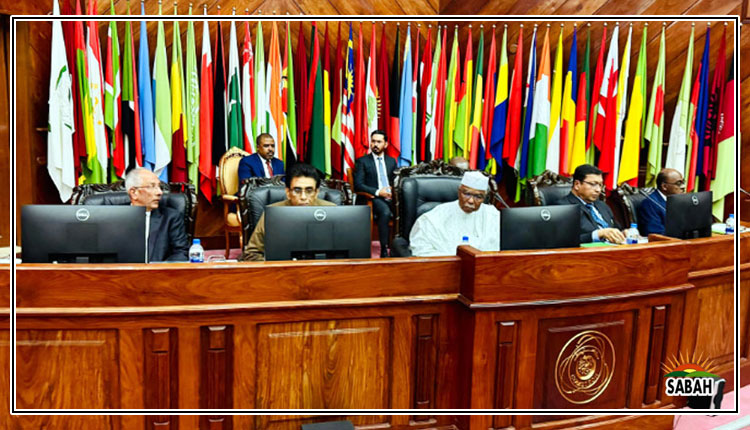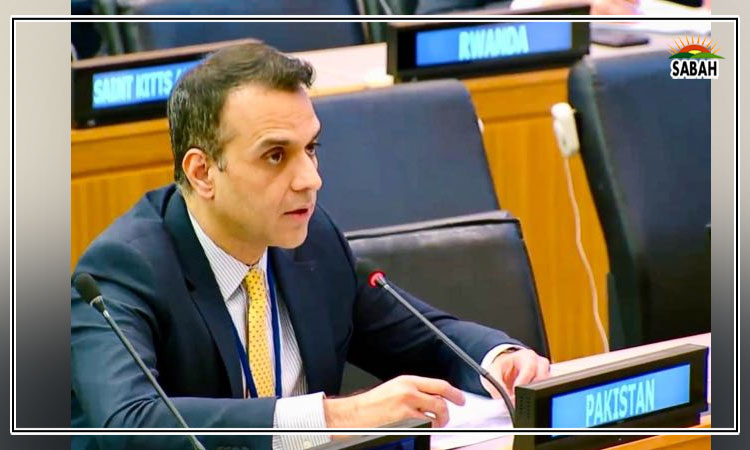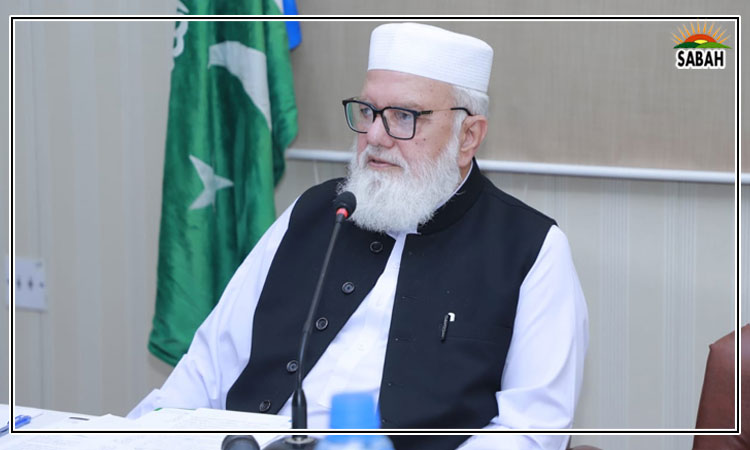A case for strategic privatization…Hussain H Zaidi
Whenever the economy is in hot waters, selling state-owned enterprises (SOEs) is seen as a key ingredient of the recipe for economic recovery. The IMF, the lender of last resort, also encourages sale of SOEs as part of its neoliberal paradigm. How credible an answer does privatization represent to Pakistans economic woes?
Privatization may be actuated by multiple goals, but one common stated objective is to rack up efficiency, which has two aspects: reaching the highest possible level of output by putting the available resources to optimal use (productive efficiency); and producing goods and services on a scale that matches their demand (allocative efficiency). For instance, if an economy has an increasing demand for food but instead it sees a rising supply of automobiles because it offers higher profits, the resources are being misallocated. Hence, a fundamental question is whether efficiency can be best achieved by selling SOEs or by some other means.
In Pakistan, the privatization programme was announced in 1990 by the second PPP government, which in its earlier stint in power had nationalized major industries and banks. The programme was started as part of the IMF-sponsored structural adjustment programme, which also saw a massive cut in import duties. Per official statistics, so far some 178 privatization transactions have yielded about Rs649 billion. These transactions have taken two major forms: transfer of ownership through majority or 100 per cent shares, and sale of minority stocks in the capital market.
The perennial debate between socialism and liberalism aside, privatization is neither inherently good nor bad. The efficacy of privatization, like those of other economic policies, is contingent upon its impact on the ultimate stakeholders the people. Privatization is useful if it increases both productive and allocative efficiency, resulting in provision of the goods the consumers need at competitive prices. This is possible only if privatization breaks monopolies and fosters competition among firms. However, the same purpose may better be achieved not by selling SOEs but by dissolving the barriers to entry and exit in the given industry.
Where such barriers exist, privatization will not promote competition, rather there will only be a change of ownership from the state to the private sector. A state monopoly will be replaced by a private sector one. Efficiency is thus enhanced not by privatization per se but by competition. For instance, telecommunication services in Pakistan have markedly improved not because of privatization but because of the entry of several firms in the sector, which have given the consumers greater choice. On the other hand, the privatization of KESC now K-Electric has not stopped power outages in Karachi, as a public sector monopoly gave way to a private sector one.
Besides, in the absence of competition, what would prevent profit-maximizing private enterprises from diverting their resources to producing luxury or premium goods or services at the expense of necessities or ordinary products most needed, thus perking up allocative inefficiency?
According to the Pakistan Federal Public Expenditure Review 2023, a recent World Bank publication, Pakistans SOEs are the worst performers in Asia in terms of profitability; their aggregate profits having gone down from 0.8 per cent of the GDP in FY14 to a loss of 0.4 per cent of the GDP in FY20. The major contributing factor to the poor profitability is low revenues relative to the costs. The financial support to the underperforming SOEs accounted for 18 per cent of the fiscal deficit in FY22, thus constituting a substantial strain on already scarce public resources.
Figures such as these make a potent argument for privatization of the SOEs eating away public money. Such an argument, however, has a flip side as well in that the market price is not always the right price. Provision of basic services like health, education, and transport needs to be subsidized, otherwise those at the lower end of the social stratum are not likely to have adequate access to them.
The short-term benefits that may be obtained through privatization of basic services may make the vulnerable segments of society worse off. A disregard of the vital social needs of such segments means that society will be deprived of a potentially useful large human capital, not only leading to an inefficient outcome but also breeding social discontent, which is not conducive to the optimal working of the economy.
There can be a case for privatizing chronically unprofitable SOEs, which are not providing basic or strategic services. All else equal, there is a stronger case for privatizing PIA, whose services are consumed by the affluent section of society, than for selling the Railways, which is the preferred means of transport for low-income commuters. But even in that case, it needs to be assessed what ails an enterprise like PIA and whether selling it can set it right. Is it inefficient because its over-staffed? Is it because the carrier is running an aging fleet, making for high maintenance cost as well as abrupt cancellation of flights, thus impairing its credibility? Or is the passenger traffic low because, for security reasons, tourists and business travellers shy away from flying to Pakistan?
Privatization can be used to attract domestic and foreign investment and thus to accelerate economic activity and create jobs. However, that can be served only if the new management has the capacity and the intention to make their newly acquired assets work. In quite a few cases, the firms which bought privatized units were interested only in their land, which they got at lower-than-market price and used them as real estate more than to produce the goods or services they were meant for. Such rent-seeking inhibits rather than shores up efficiency. Besides, without improving the overall investment climate, not least the security situation, it will be arduous to find credible buyers from abroad.
This brings us to the question of whether inefficient SOEs had better be restructured or sold out. Restructuring an enterprise is like reforming a bad person, while selling may be compared to condemning them as incorrigible. Restructuring entails delving deep into the causes undergirding an underperforming SOE. It requires a specialized bureaucracy backed by strong political will to devise and implement a plan for retooling an inefficient enterprise irrespective of the short-term political cost.
Be that as it may, were markedly deficient in both. The edifice of the civil service rests on the principle of administrative efficiency. In essence, the principle stipulates that governance is essentially a matter of general administrative skills, rather than of specialized knowledge. Every problem is seen as fundamentally administrative, which can be sorted out by quick-fix solutions, like shaking up the hierarchy or scaling up or slashing the budget. A bureaucracy with such a mindset is incapable of running or reforming a mega SOE and may prefer to have it disposed of. As for politicians, they tend to oscillate between extreme positions: allowing sale of SOEs over our dead bodies, and just selling them out to the first bidder.
Amid the present hard economic squeeze, privatization can serve as a cash cow to generate the much-needed revenue. That said, selling SOEs in itself is not a sound way to overcome capital deficiency, which is the result of systemic macro-economic problems. Besides, the sale of enterprises when the market has gone down may not yield the desired capital.
Its better to sell SOEs as part of a long-term economic reform strategy strategic privatization as its called aimed at shoring up the competitiveness of the economy, improving the climate for productive as opposed to speculative investment, strengthening the institutions of economic governance, and building the capacity of those who run them.
A vibrant economy will also allow the government to generate sufficient surplus to subsidize the basic services. Privatization should aim not at selling the enterprises just because they cant be run but at enhancing competition in the industry, ushering in provision of quality and a wide range of goods to consumers at competitive prices.
Courtesy The News












